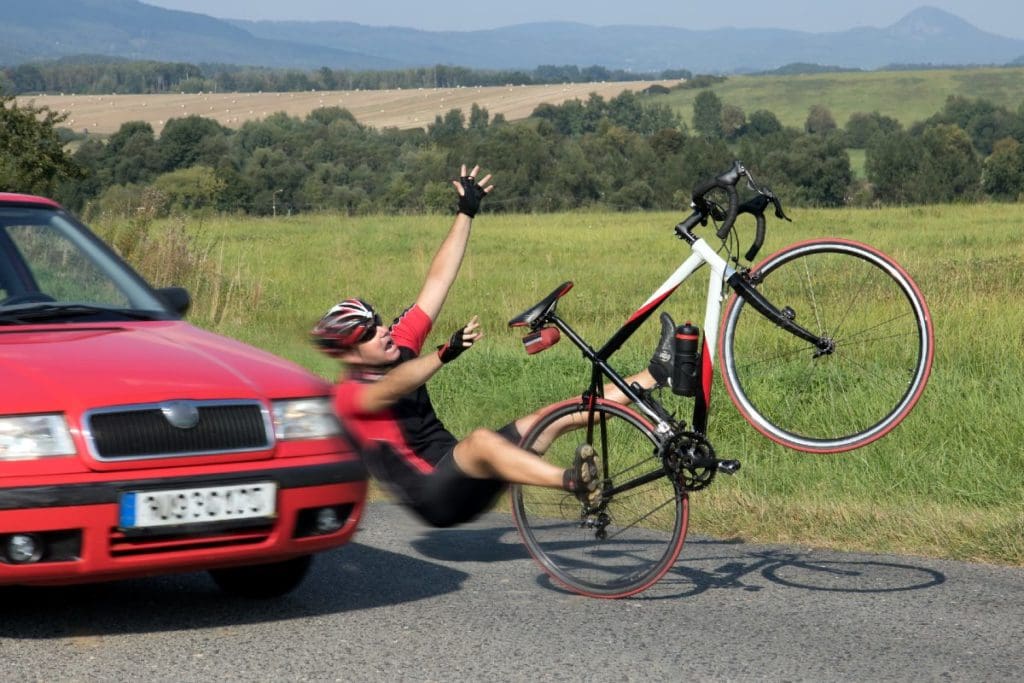Should Motor Vehicles Get a Safety Warning Label?

New York, USA
Targeting large pickup trucks and SUVs, a New York bill proposes a safety rating system that would rank vehicles on the dangers they pose to pedestrians and cyclists.
A bill in the New York State senate would establish a statewide pedestrian and cyclist vehicle safety rating system — the first of its kind in the U.S.
Senate Bill S4307 would require the New York Department of Motor Vehicles to create a database rating the safety of every vehicle model sold in the state, using a one-to-five-star scale similar to the National Highway Traffic Safety Administration’s existing 5-Star Safety Ratings program. But unlike NHTSA’s assessment, the New York program would rank vehicles based on the rate and severity of collisions and injuries reported involving bicyclists and pedestrians for each model, compared to the total number of registrations in the state. Auto dealerships would have to display the ratings on cars for sale.
The goal of the bill is to make consumers more aware of the dangers of SUVs and trucks, says New York senator and bill author Andrew Gounardes, who represents parts of Brooklyn. The size, height and poor outward visibility of these vehicles have been identified as major factors in rising fatality rates of vulnerable road users. In 2019, 25 out of 29 New York City cyclists killed on the road were killed by drivers of large trucks, buses, SUVs or vans, according to the bill.
SUVs and pickup trucks are an enduring American obsession. Ford’s F-150 pickup has been the most popular vehicle sold in the U.S. since 1981, and SUV sales likely surpassed 50% market share last year. They draw buyers even in the densely packed streets of places like New York City.
Yet as manufacturers expand the size and shape of some vehicles, the risks to non-drivers are growing. A 2010 research review found that pedestrians stand a 50% greater risk of getting killed when hit by SUVs, trucks or minivans than in collisions with conventional cars. A 2020 study from the Insurance Institute for Highway Safety drew similar results.
Posts on social media featuring children standing next to the towering hood heights of GMC Sierras and Ram 2500s have drawn attention to one reason why: Such vehicles are more likely to run over pedestrians than thrust them over the hood. Tall trucks and SUVs can have significant front blind zones that obscure the road ahead, contributing to the risk of deadly ‘frontover’ crashes.
But apart from voluntary agreements with automakers to include technologies such as automatic pedestrian braking, which aren’t available on many vehicles, federal regulators have done little to respond to these issues.
Australia is no better. Our ANCAP (Australasian New Car Assessment Program) safety ratings are only concerned about the safety of vehicle occupants, not pedestrians, cyclists or others who may be hit by the vehicle.
Most of this article was written by Laura Bliss and first published in Bloomberg CityLab
